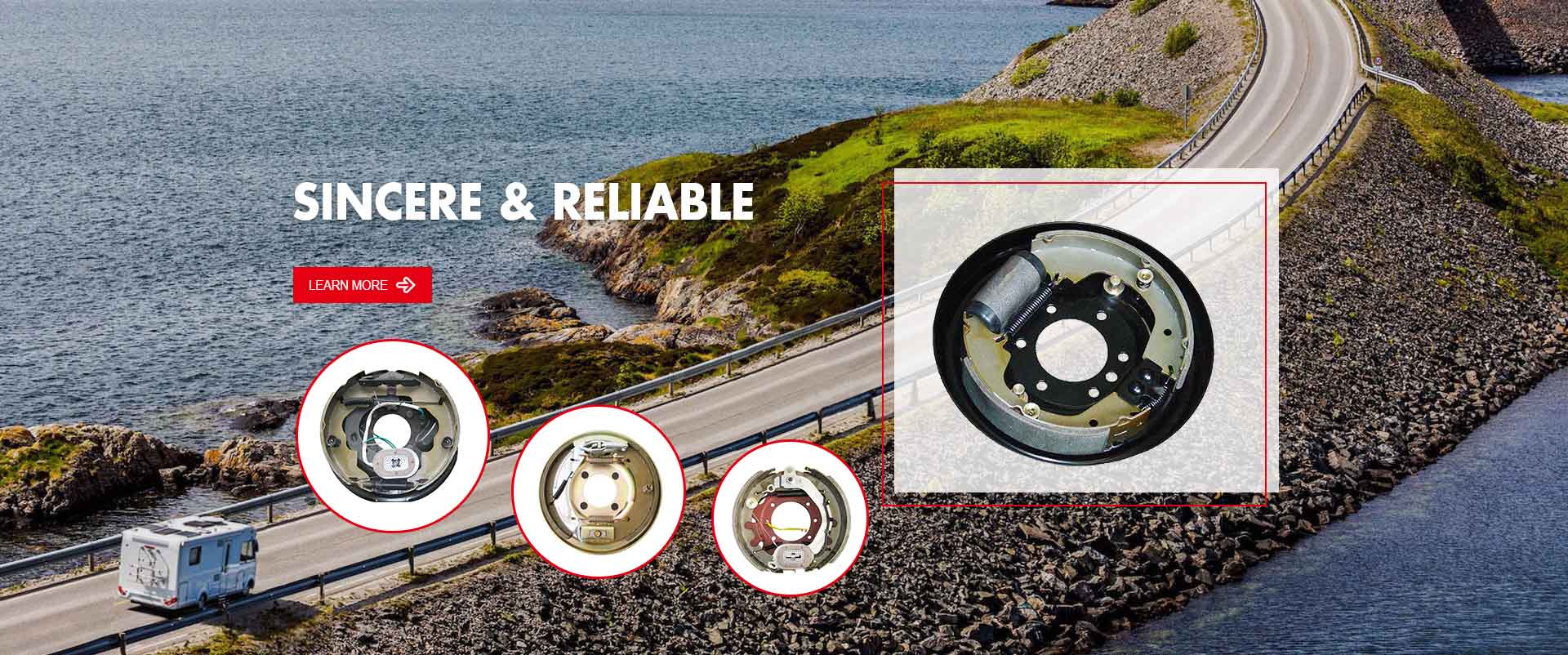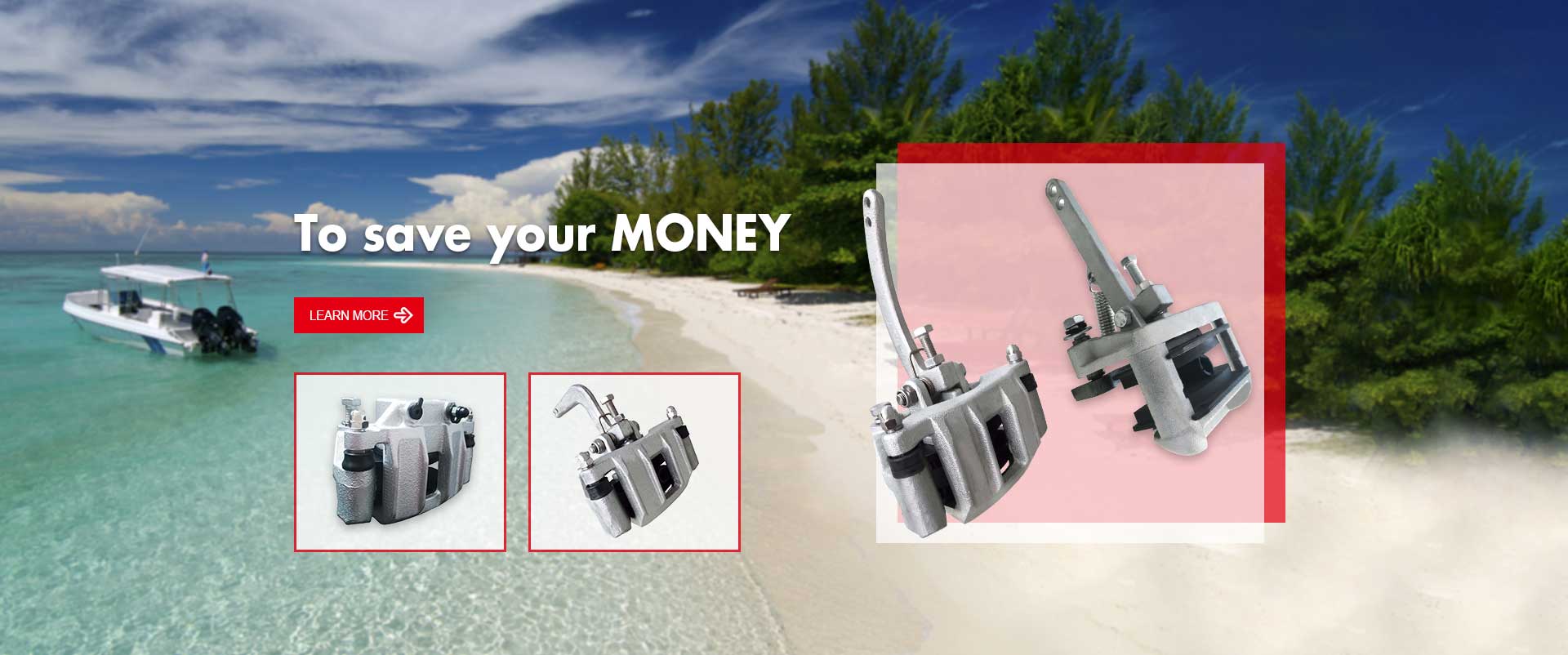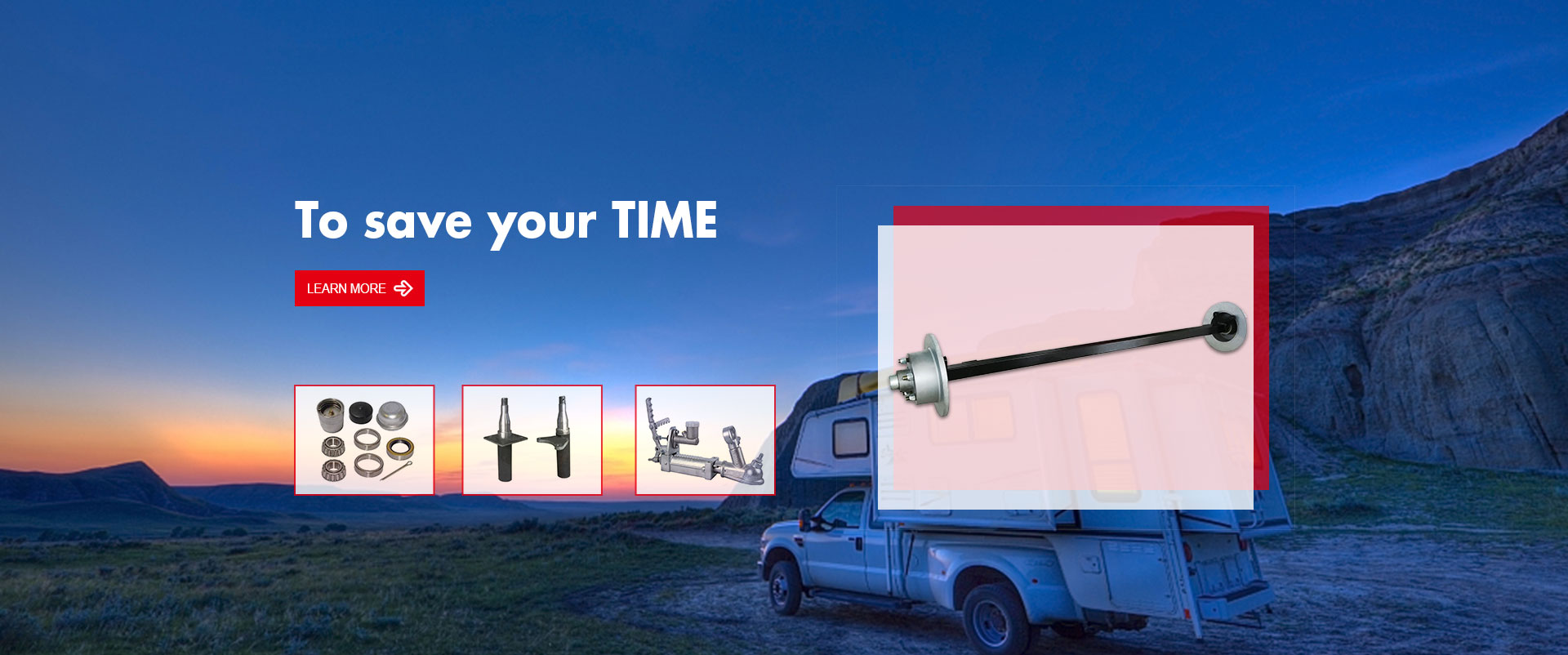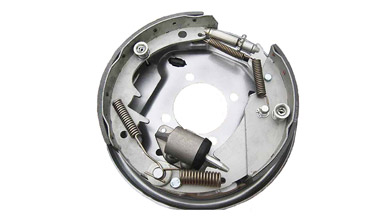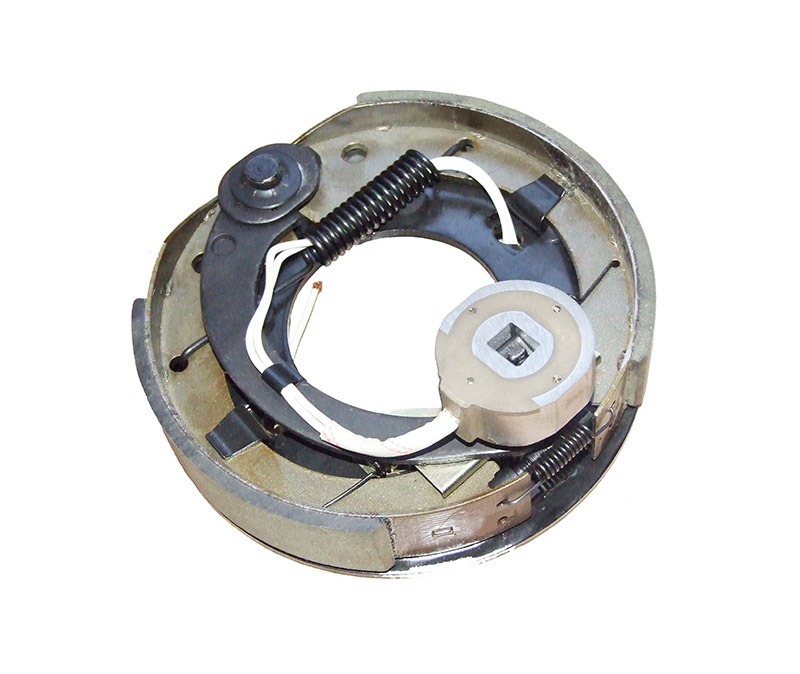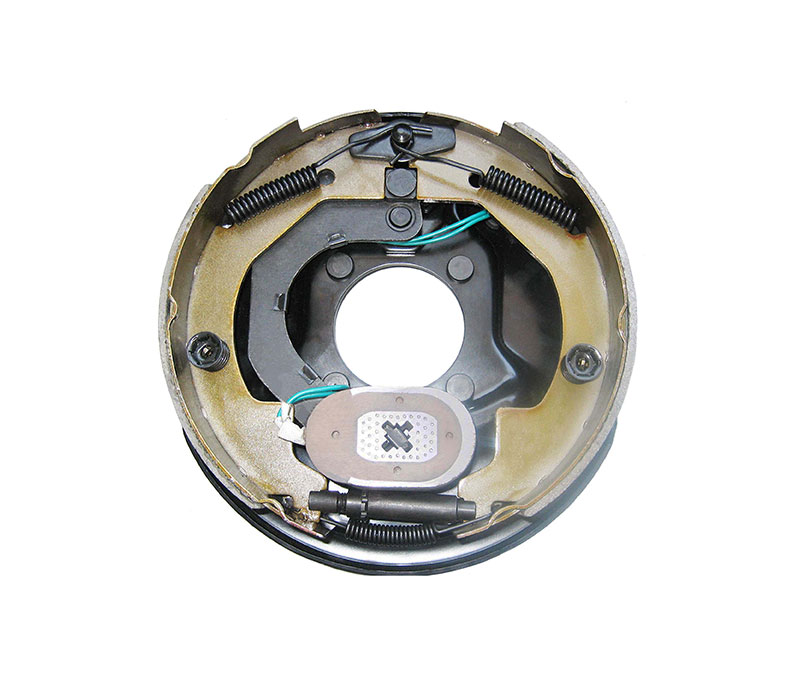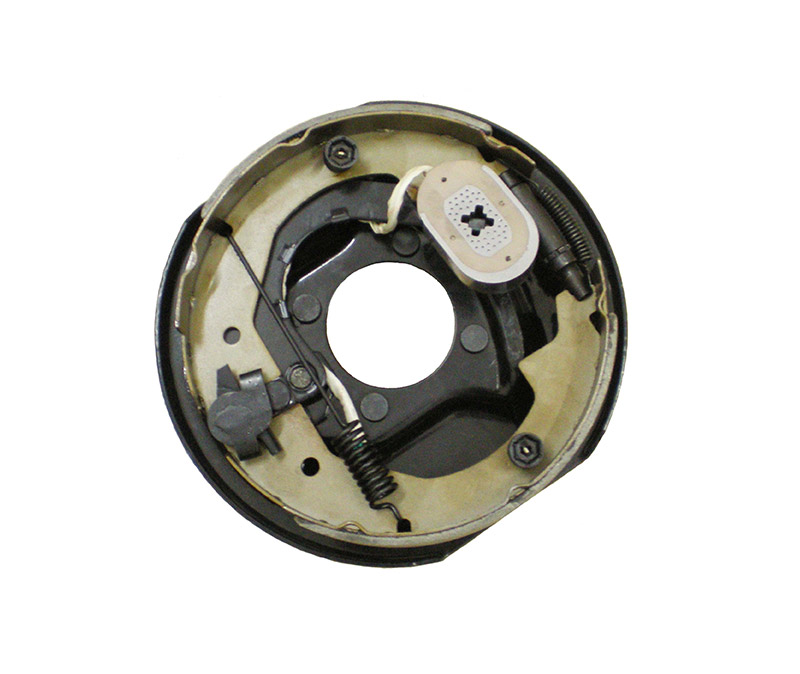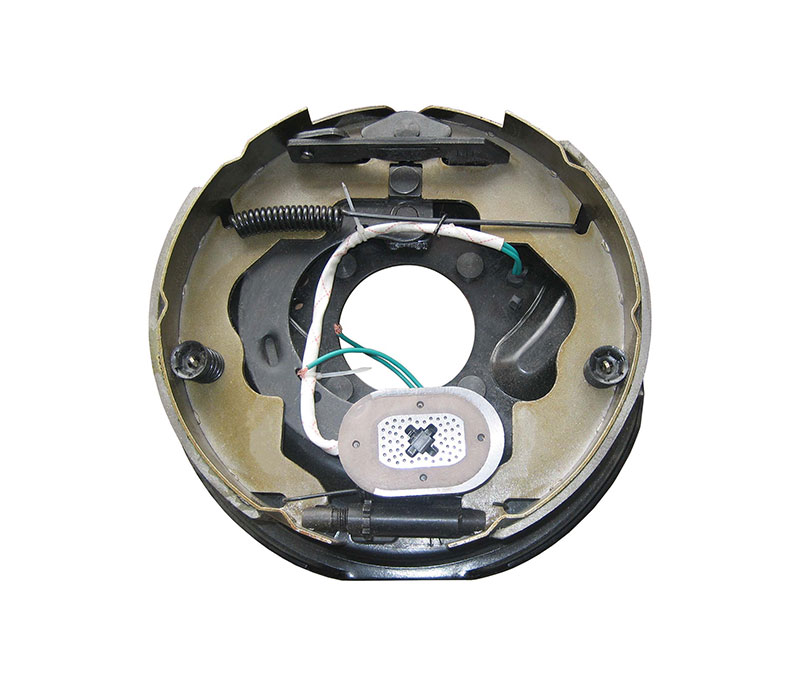How to repair and replace the Trailer Disc Brakes cylinder
As a Trailer Hydraulic Disc Brake Caliper Exporter, there is some information to share with you. The Trailer disc brakes are more complex than drum brakes, have higher requirements for brake calipers and piping systems, and are more expensive than drum brakes. If the friction between the friction lining of the brake pad and the disk is increased, the piston can continue to move until the brake lining is pressed to the limit, until the friction plate is pressed against the brake disk. After the brake is released, the rectangular rubber seal pushes the piston back the same distance as before the wear and remains at the standard value.
Trailer Disc Brakes, also known as disc brakes, is named after its shape. It is controlled by hydraulic pressure. The main components are brake discs, sub-pumps, brake calipers, and oil pipes. The brake disc is made of alloy steel and is fixed to the wheel and rotates with the wheel.
Trailer Disc Brakes
The structural form of the disc brake includes a dot disc type and a full disc type. The disc brake is called a dot disc type because the friction surface only occupies a small portion of the brake disc. It has two types: fixed caliper and floating caliper. In order not to subject the brake shaft to radial forces and bending moments, the disc brake cylinders should be arranged in pairs. When the braking torque is large, multiple pairs of brake cylinders can be used. If necessary, the ventilation groove can be opened in the middle to reduce the temperature rise of the friction pair. Insulation and heat dissipation measures should also be taken to prevent the hydraulic oil from being deteriorated. The full disc brake has a compact structure and a large friction area.
For high-speed cars, due to frequent use of the brakes, the friction of the brakes will generate a lot of heat, causing the brake temperature to rise sharply. If these heats are not well dispersed, the braking performance will be greatly affected. Dynamic performance thermal decay, this is not a joke, the brakes are directly related to life. From this point of view, at present, disc brakes have been used on the front and rear wheels of the bridge crane.
Most of the cars we open nowadays are not completely disc brakes, but the front disc rear drum type hybrid brakes (ie the disc brakes on the front wheels and the drum brakes on the rear wheels), mainly for cost The above considerations are also due to the fact that when the car is in emergency braking, the axle load is moved forward, and the requirements for the front the wheel brake is relatively large. Generally, the front wheel uses a disc brake to make it.
Compared with the Trailer Drum Brakes, the working surface of the disc brake is flat and heat is transferred on both sides. The rotation of the disc is easy to cool, and it is not easy to undergo large deformation. The braking performance is relatively stable. After a long time of use, the brake disc is braked due to high-temperature expansion. The effect is enhanced; while the drum brake has one-side heat transfer, the temperature difference between the inner and outer sides is large, which causes the brake drum to be easily deformed. At the same time, after a long time of braking, the brake drum expands due to high temperature, and the braking performance is weakened.
In addition, the disc brake has a simple structure, convenient maintenance, and easy automatic adjustment of the brake gap. The shortcoming of the disc brake is that the friction plate acts directly on the disc, without the effect of automatic friction and force, and the braking efficiency is low, so if the brake system is used for the hydraulic brake system, the pressure of the brake line is higher. Additional power assist devices shall be installed; when used for the parking brake, the installed parking brake transmission device is more complicated than the drum brake.










